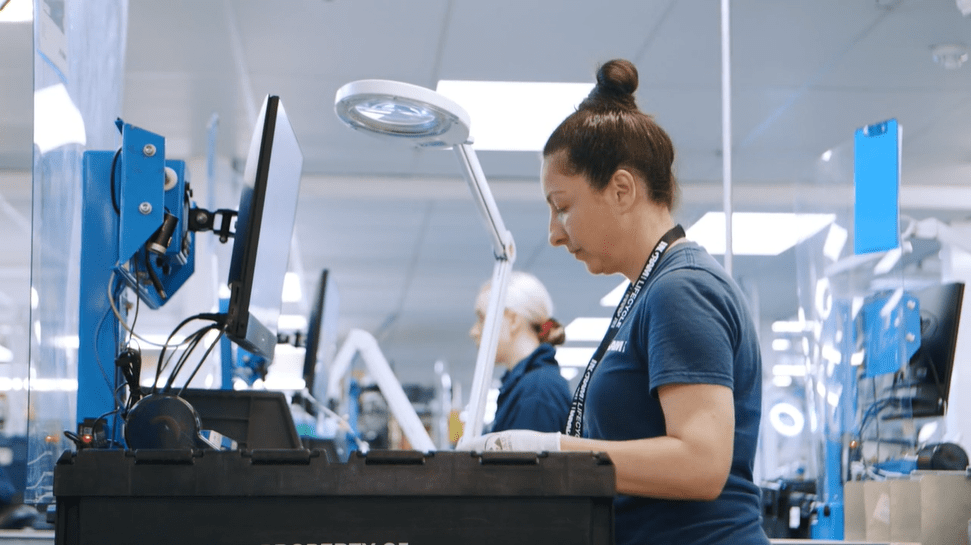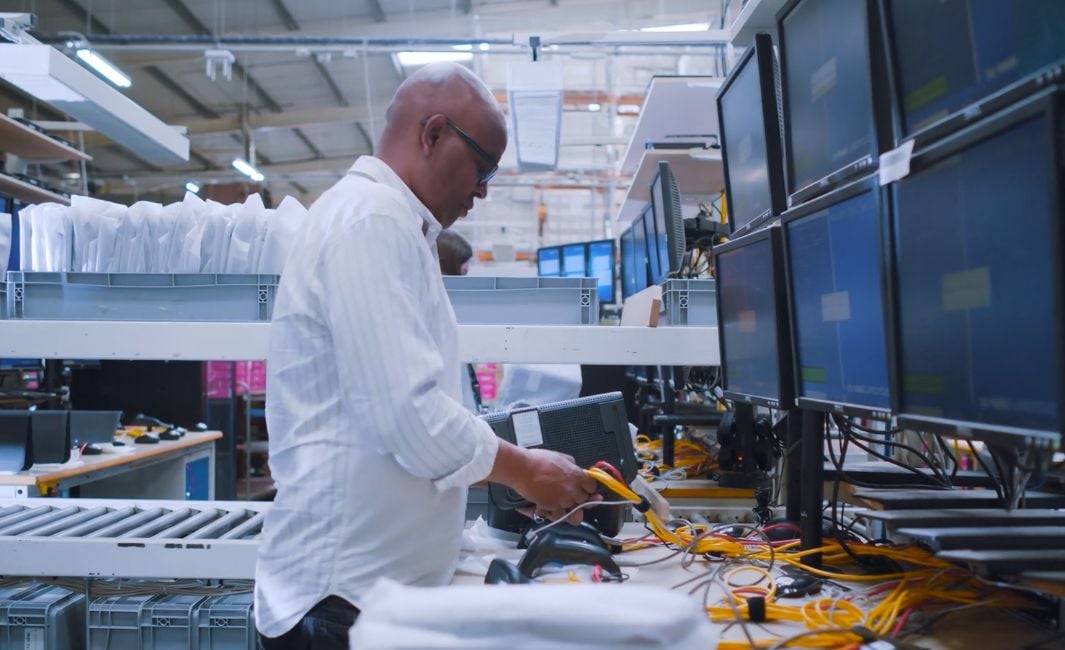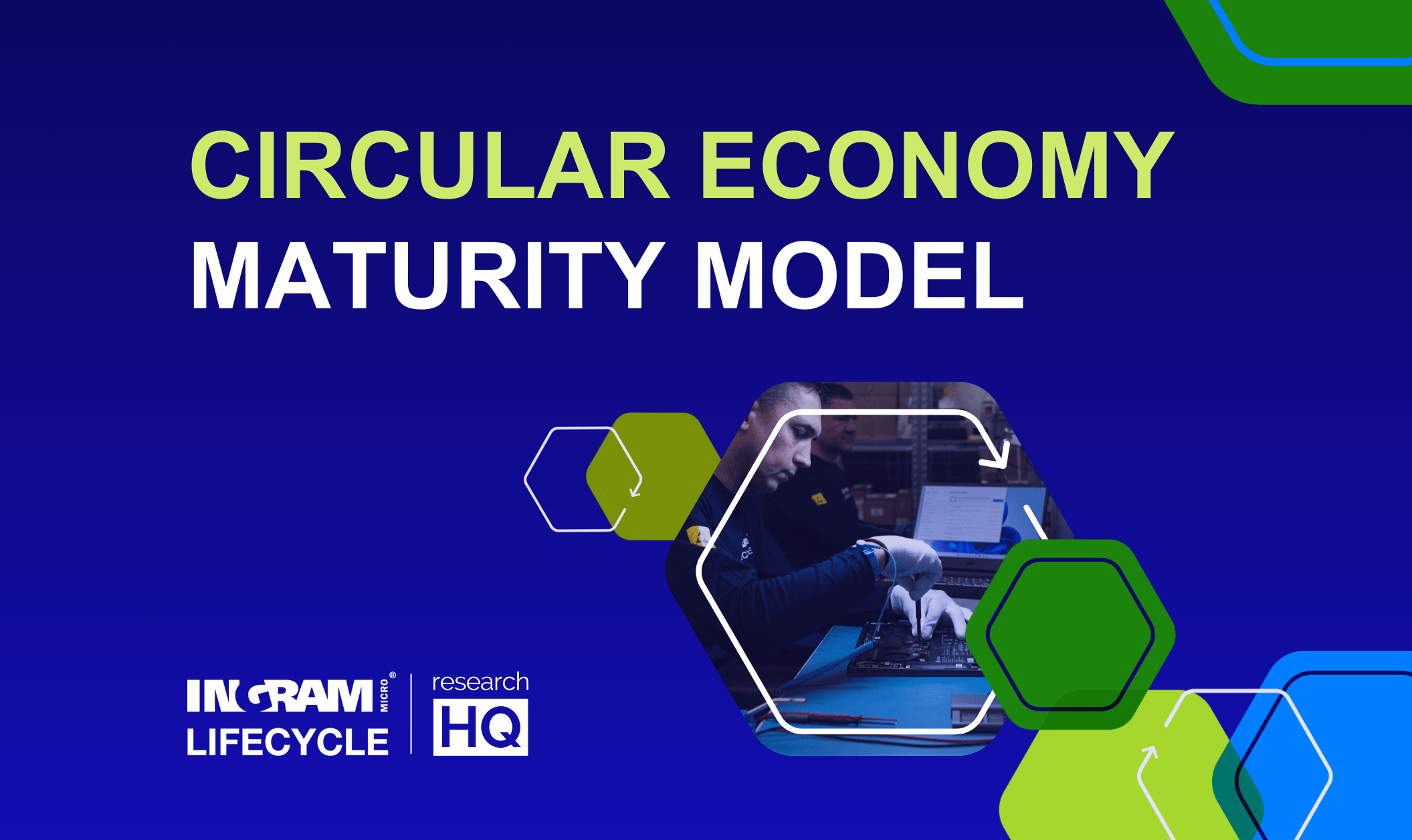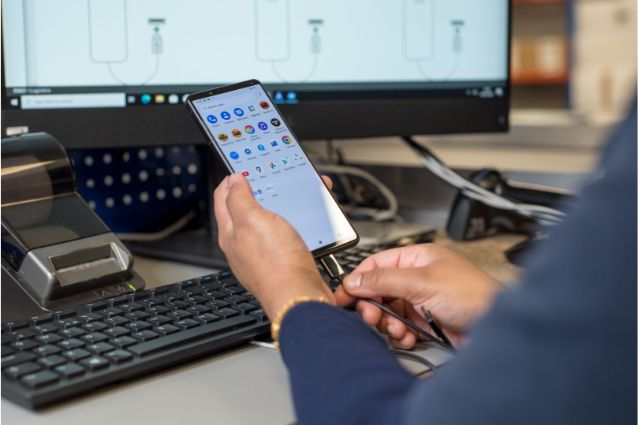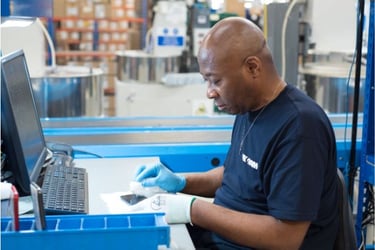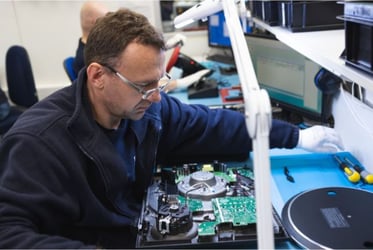Are you at risk of the volume of customer returns swamping you? Perhaps something isn’t quite working out with your current returns management, and you’re looking to run a tighter ship?
Returns are unavoidable in sales – no product can be 100% perfect, and no end user is either! Causes of returns include customer change of mind, perceived product fault within the returns window, and actual product faults within the warranty period.
For consumer electronics, the returns rate can be anything between 5-8% of your sales. This can increase to 30% for online sales. Failing to have an efficient returns management program decreases customer satisfaction, risks a lack of visibility of manufacturing issues, and could cause an aging inventory on your balance sheet that lacks sufficient processing.
Ingram Micro Lifecycle has been operating technology returns programs for network operators for over 20 years. We’ve continuously improved processes to deliver fast turnaround times, increase end-user satisfaction, and make the most of their assets.
In this article, we’ll cover the top points mobile network operators need to consider and factor into your returns management program. These will have you on your way to success.
8 steps to a successful device returns management program
This is a simple checklist to support getting those returned devices processed rapidly. The quicker your customers receive their credit, the more satisfaction they’ll experience. Devices will also have less time to depreciate whilst getting turned around for resale, reuse, or recycling.
1. Set up online booking system
Set up an online booking-in system to capture a wide range of product information.
This should cover serial numbers, IMEIs (International Mobile Equipment Identity), EID (Embedded Identity Document), grade, model, color, and customer information.
2. Maximize ease of use
Make your online booking-in system accessible to both the customer and your advisors.
This enables the generation of an RMA (Return Merchandise Authorization).
Train your employees on how to use the back end of the system. The customer-facing side must be either self-explanatory or simple to follow.
This will limit end-user frustrations and barriers to a successful transaction.
3 Empower your customer
Enable a level of easy customer self-diagnosis and fault-finding. Recognize that some end users may be able to fix certain problems themselves.
Provide simple-to-follow diagnostics on how to rectify common problems.
Sometimes the fault may not be with the device itself. It could be a lack of relevant information on how to use the device.
Your system should be able to record the steps the end user followed and the outcomes. This will give your advisors more pertinent information about the return.
This is also great information to help future ranging decisions if customers are returning that product for usability issues.
4. Limit customer effort required
Keep your expectations clear for the customer. Use QR codes for easy customer access to instructions.
Allow them to use any packaging they have at home for sending in their returns. Supply them with the packaging.
Or give them the choice! Make sure that your expectations are clear to the end-user on the steps they should follow.
5. Define your process for receiving returns
Keep this as short and as efficient as possible. A quick process will increase end-user satisfaction and improve turnaround time on the outcome of the device.
Can you reduce margins of error with the latest technologies and AI? What investments can you make to improve the outputs of your processes?
6. Communicate appropriately
Keep your end user up to date. No one likes being in the dark or waiting for more information. The uncertainty can be horrible.
People also don’t want to receive a deluge of unnecessary information. Make sure to provide automatic status updates only where necessary. This way, the end user will know what’s happening to their device at every stage.
If there’s a problem, communicate it. Customers appreciate honesty and transparency. This will improve their experience and their overall satisfaction with the process, making them more likely to stay loyal to your brand.
7. Be thorough with testing
Conduct a multi-test screening process and limit subjectivity. Again, automate where possible. This will increase your chances of a standardized process with consistent outcomes.
Be stringent and efficient with your testing, ensuring these are rigorous but not excessive. Make sure your screening processes test for a plethora of issues that are relevant to your product.
8. Credit promptly
Pay the customer swiftly and work to eliminate delays or barriers.
When you’ve completed your processing of the returned device, ensure the refund or credit is paid quickly to the customer.
Let them know that payment has been processed and when they should expect to receive it. This sets their expectations and avoids their disappointment.
Take your returns program to the next level
While this list is not exhaustive (there is always room for improvement!), customer satisfaction sits at the very core of a successful returns management program. Ultimately, their experience will inform whether they remain loyal to your brand or not.
Crediting the customer is not the end of the process, however. The returned device sits on your balance sheet until it’s been resold or reused in some way. To get to that point, you should aim to optimize the value of the product via additional services such as repair and refurbishment, professional polishing, and cosmetic grade uplift.
Ingram Micro Lifecycle works as your partner to lift the condition of the returned devices. Through our recommerce networks and resale channels, we can recover the highest value possible for you.
Reach out today and we’ll connect you with our returns management experts who can design a program to suit your requirements.
Want to recover value on the returned devices rather than let them depreciate in your inventory? The following articles can help:



